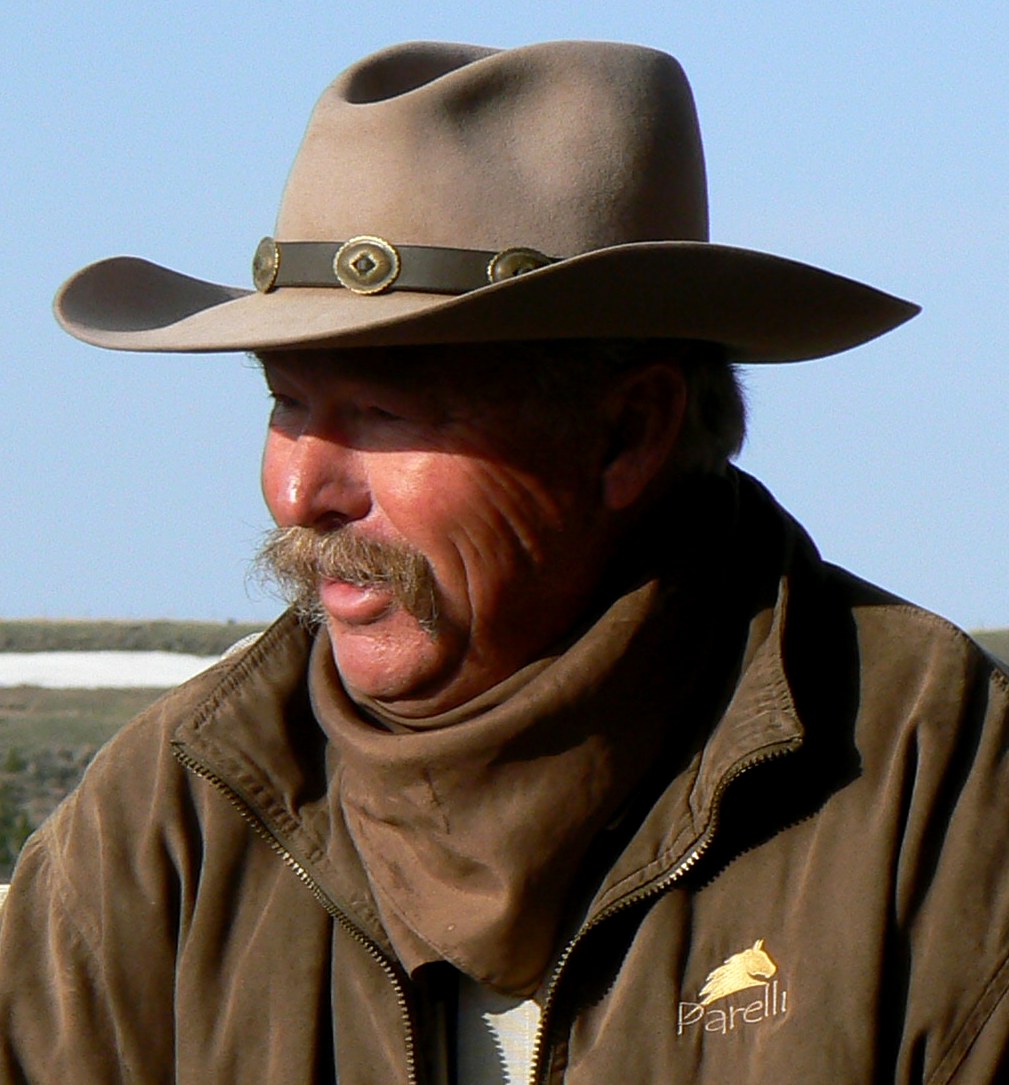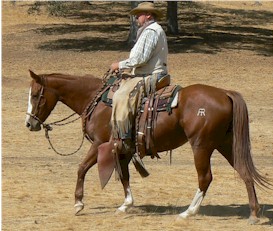 Learning about
the mystery of riding your horse’s feet
Learning about
the mystery of riding your horse’s feet Learning about
the mystery of riding your horse’s feet
Learning about
the mystery of riding your horse’s feetFor many years now most of us have been striving to get and stay in time with our horse’s feet. Virtually all of the masters of the modern horse development movement have urged us to do so. Ray Hunt “It’s all about the feet”, Pat Parelli “A horse is an attitude with 4 feet”, Martin Black, Buck Brannaman, Joe Wolter, Brian Neubert, the list goes on. For many of us knowing about this and doing something about it are often two different things.
Back when I was just beginning to learn to use footfalls to
aid my communication with my horse, my friend Jack Brainard pointed out that I
needed to be aware of not only which foot to be in time with; but what timing
was necessary. He showed me that when my
horse was preparing to move a foot that if I were not a part of his decision
that I would be “in his way” when he did move. Once the foot was in motion the
decision had been made where he was going to place it, and that my directing it
then would in fact knock him off balance.
Well that was the last thing that I wanted, to be in my horse’s way!
Most of us don’t get the opportunity to often ride with the above mentioned folks or even their students. Most of us find ourselves riding alone or with a friend and trying to improve our horsemanship on our own. Well I wasn’t having the success that I wished. One day it occurred to me that working with my horse on the ground gave me the opportunity to see for myself close up just when my horse’s foot actually left the ground. After a bit I could imagine when might he be thinking about using that foot. I found that I could lift my lead line and simultaneously add a bit of pressure with my body or my lead line or stick and see a change in the step my horse took. This was monumental to me! In a few days I began to feel as though I were becoming a part of my horse’s decision to place the foot that I was focusing on. I began to experiment with timing and pressure to move the foot in a particular direction, mostly laterally. I could step a hind foot under his belly without chasing it, just by suggesting the change of direction just before he started to move his foot, and this was all on the ground where I could observe the transition, the timing, and the result.
Well that was all well and good on line; but how could I use
this while riding? What worked well for
me was one of Pat Parelli’s phrases “You have to know what’s going to happen
before what happens happens.” So, at a
walk on line I noted the footfalls.
We’ve all heard these for years by now: Right Hind, Right Front, Left
Hind, Left Front, or Left Front, Right Hind, Right Front, Left Hind. Once again, while on the ground, I could see
the right hind preparing to leave while the left front was still on the ground. It seemed to me that if I wished to impact
the right hind BEFORE IT LEFT that I would need to begin to address it while
the left front was still in play. 
So I saddled up and coerced my wife, Jody, to watch and call out the footfalls while I observed my horse’s shoulders. What I noticed most was that I could feel my horse’s feet AFTER he started to move them. But that was too late to effect them. So I had to look for some indication of movement BEFORE the foot moved. Most of us while riding can detect or even see the shoulders for the corresponding feet. If I wished to transition the left hind foot, I would remain aware of the right front; then just at the finish of his walk step I would ask the left hind to transition. In a very short time my horse would just flow into the transition. After a while I tried these same ideas at a trot. While quicker, it was actually easier.
All of us know the value of being in time with the feet. Smoother turns, correct lead departures, etc. Trying to learn about this while riding was difficult for me. Seeing it on the ground and imagining that I was riding through the transition made it much easier. After a bit I didn’t need to think about it so much. I began to feel it. Then things really began to flow for my horse and for me. Give it a try on the ground.
Thanks for your time, Dave